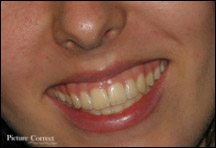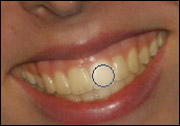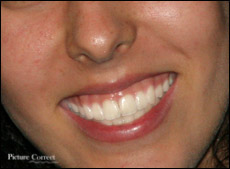It’s the Greatest, Easiest, Most Profitable Way To Talk About Your Photography … So Why Aren’t You Doing It?
You’re standing in the checkout line, with several people in front of you. You glance over and start reading the titles of the magazines in front of you. And for some reason they just pull you in.
Do you really care who had an alien baby, or how you can create 365 looks that will make you look more sexy? Maybe … Maybe not.
Yet there is just something about those titles that make you want to pick up the magazine and start reading.
It isn’t a coincidence that the titles are that tantalizing. In fact I’m willing to bet more time is spent on creating those titles and cover layouts then they do writing the stories theselves.
What sells is the title – the sizzle – not the meat of the story. Yes, the story itself has to be good and give you exactly what the title promises. Yet the story satisfies your hunger for whatever information you were promised. You won’t move forward and take action once you’ve read the story.
Because editors know the only way they will stay in business is to get you to buy the magazine, they spend their time on what matters most. The titles.
Now lets convert that over into what you potentially do every week. If you blog, every week you sit down and come up with topics to write about. Yet how much time do you spend coming up with your titles? I know for a lot of you, the answer is “just a few seconds” – and that may even be pushing it.
I see post titles every day that are worded something like this:
Randy and Laurel’s Engagement
Elizabeth’s First Birthday
Jason and Kim’s Wedding Day
When your clients come over and visit your blog, they are a captive audience. They love what you do and chances are they are looking for their own images. I’m sure in the above example Randy and Laurel are thrilled to see their engagement images online, and are passing around the URL to all of their friends and family.
Yet how many people will ultimately see that page? Randy and Laurel – that’s two. Family and friends – we’ll add in another 20. And other clients that may come to the site and decide to look through their images – we’ll add another 50 for long term exposure. That’s 72 in total.
Yet what do these 72 people have in common? Not one of them found any excitement and desire to click on the title from any other method outside of the fact they knew Randy and Laurel. Or had a vested interest in looking at the images.
If you saw Randy and Laurel’s Engagement in Google, would you really click on it?
And more importantly, would you ever look in Google for Randy and Laurel’s Engagement in the first place?
Which means if you are trying to attract new clients, people that have never heard of you yet might want to find you, you have to start thinking like a magazine in the checkout lane. You have to pay attention to your titles and give people the things they are looking for.
How do you know what they are looking for?
The easiest way is head over to Google and use their keyword tool to do a little research.
Let’s get started by typing in the word “photography” just to see what comes up.

From there, you can further refine what keywords you wish to look at. For this example, lets choose the term “wedding photography”.

So if you were showcasing “Jason and Kim’s Wedding” as a blog post title, you may attract a few dozen family and friends to the blog post.
But if you created a blog post title “How Jason and Kim Had Fun With Their Newport Beach
Wedding Photography”, do you think you could attract more attention from a variety of sources … including Google?
If you write hundreds of posts every year, you don’t have to (and shouldn’t) use the same titles over and over again just to attract Google’s attention. But if you think about it first and find a way to make it attractive to both Google and your readers, your posts could quickly help you build up the traffic to your site – and the profits to your business.
Source










